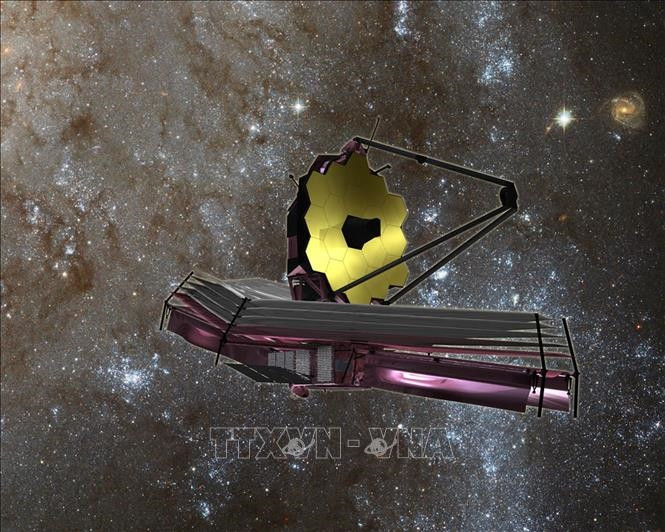An international team of scientists has discovered a new carbon compound in space for the first time using NASA's James Webb Telescope.

James Webb Space Telescope image
According to NASA, the molecule in question is a methyl cation (CH3+), which is responsible for helping to form more complex carbon-based molecules. This molecule is also considered one of the potential signs of life that scientists are always eager to touch.
CH3+ was discovered in the Orion Nebula - a "stellar nursery" located about 1,350 light years from Earth. This molecule has the unique property of being able to react with a variety of other small molecules to form complex organic compounds right in the interstellar medium. Expert Marie-Aline Martin of the University of Paris-Saclay (France) - a member of the research team - said: "The discovery of CH3+ not only shows the incredible sensitivity of the James Webb Space Telescope but also confirms the importance of CH3+ among the stars. This discovery provides valuable additional data on how our planet acquired life."
An international program jointly implemented by NASA, the European Space Agency and the Canadian Space Agency, the James Webb Space Telescope is the world's leading space science observation device. According to NASA, James Webb can help experts solve the mysteries of the Solar System, observe further into the space around stars, as well as explore the structures and origins of these regions.
According to VNA